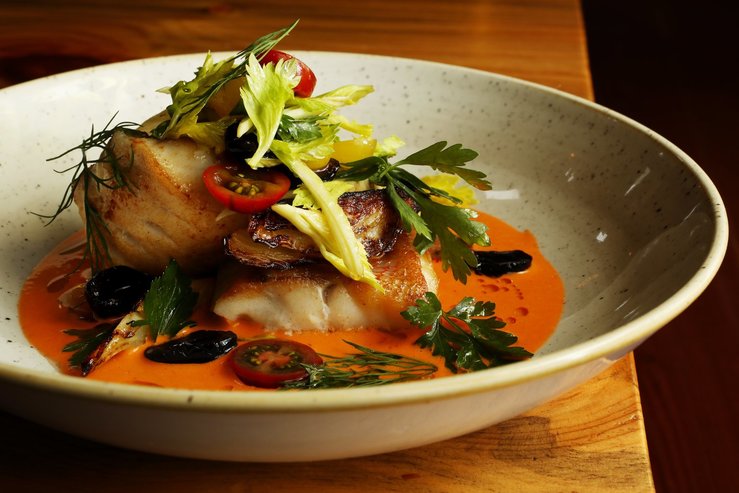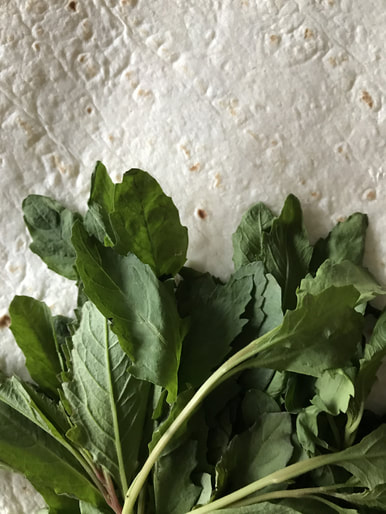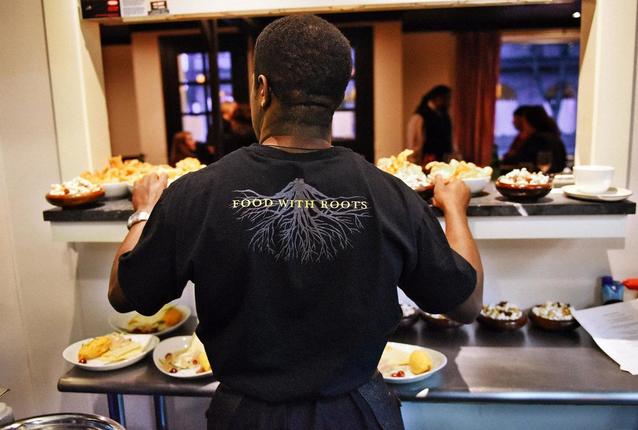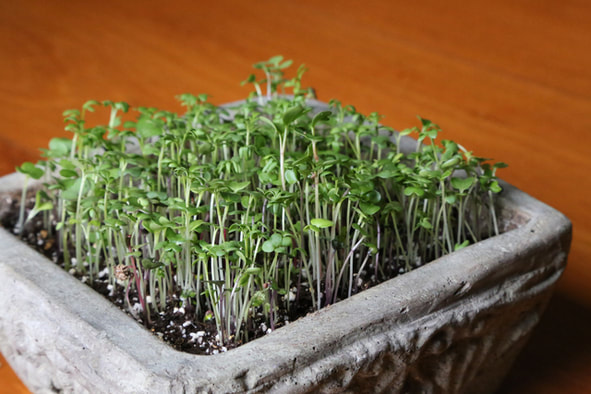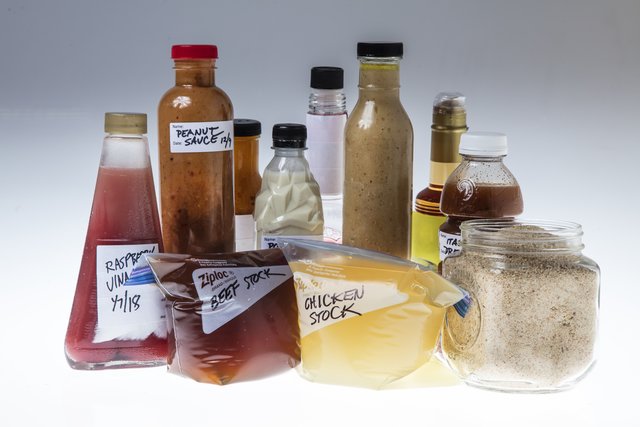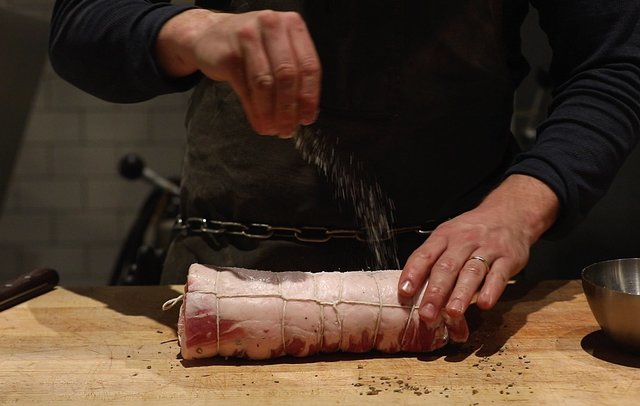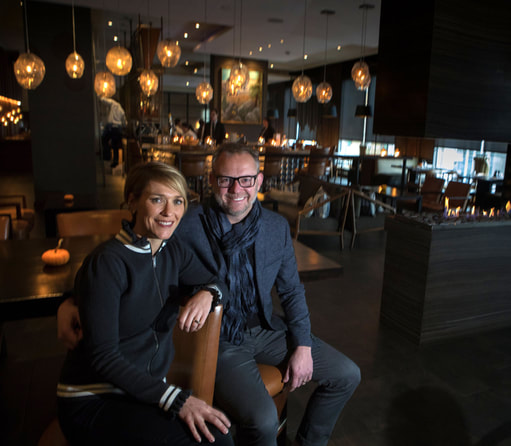The Seattle Times - ROCKFISH IS APPEARING on Seattle-area menus in everything from ceviche to tacos. But new it is not. This lean, mild fish is nothing short of the best ecological comeback story on the West Coast in the past 50 years.
That’s according to Tyson Yeck, the sales director for North America at Pacific Seafood, one of the region’s largest seafood suppliers.
Although abundant today, rockfish was nearly wiped out in the last half of the 20th century, Yeck says. In 2000, parts of the Pacific Ocean fishery were declared a federal disaster due to overfishing. After years of conservation measures, natural rockfish stocks have recovered.
That’s according to Tyson Yeck, the sales director for North America at Pacific Seafood, one of the region’s largest seafood suppliers.
Although abundant today, rockfish was nearly wiped out in the last half of the 20th century, Yeck says. In 2000, parts of the Pacific Ocean fishery were declared a federal disaster due to overfishing. After years of conservation measures, natural rockfish stocks have recovered.
